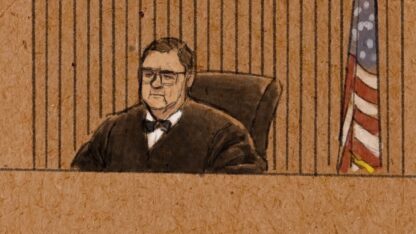The Atlanta Child Murders Through The Eyes Of People Who Reported On It
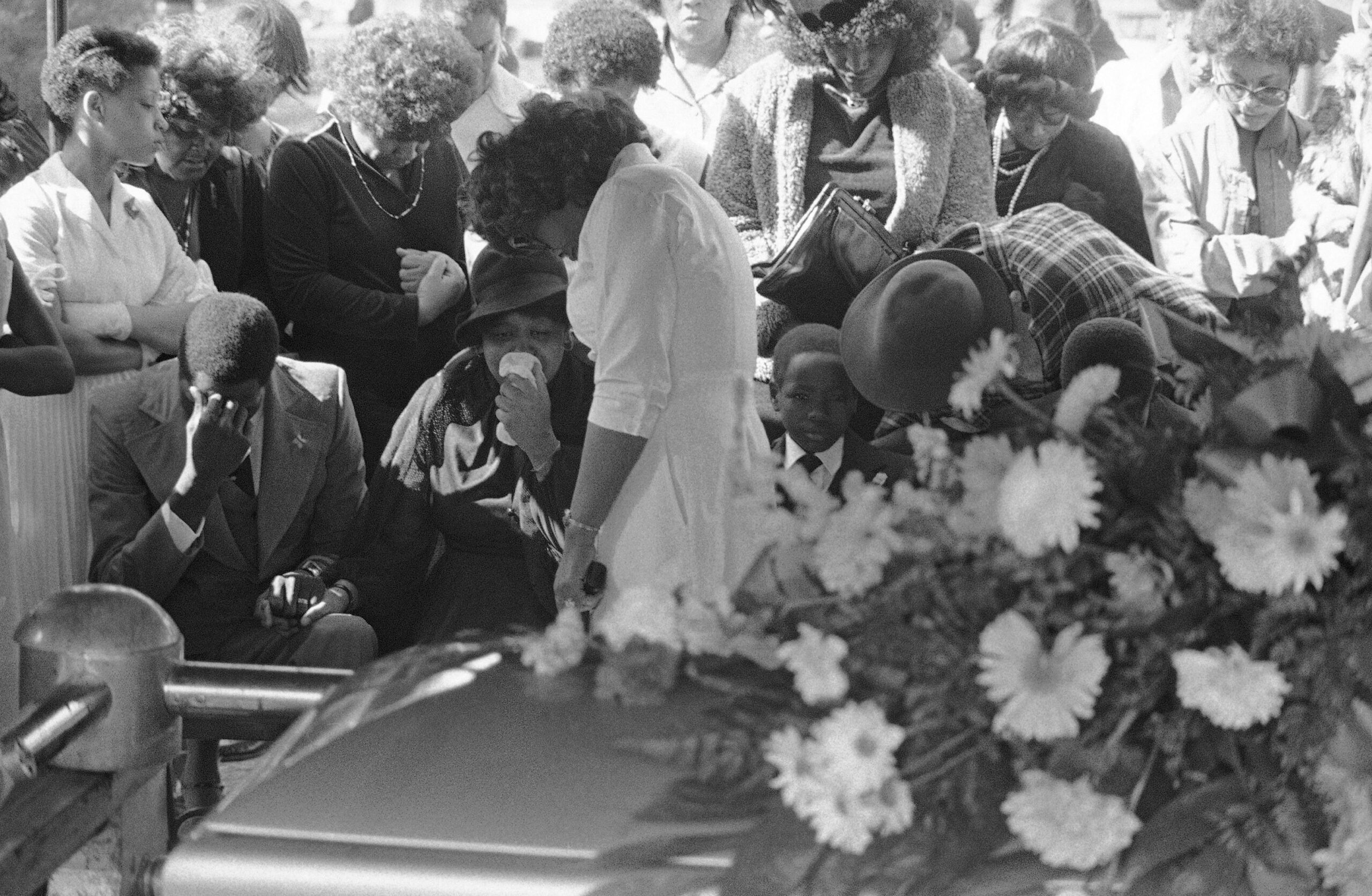
Curtis Walker, Jr., left, holds the hand of his former wife, Ms. Catherine Leach, mother of Curtis Walker, III, a victim in the child murder cases in Atlanta.
Associated Press
It was all about the children.
Black children, mostly boys, were missing and found dead throughout Atlanta. In some cases, they were strangled. In others, they were stabbed and shot.
Monica Kaufman Pearson, then a nightly anchor on WSB-TV, would come on television every night and recite the common phrase:
“It’s 10 o’clock. Do you know where your children are?”
And though that phrase was used across the nation, it had more resonance in Atlanta, particularly in 1979.
Knowing where your children were at night (and during the day) became a mission for the entire city, not just a neighborhood, a block or a housing project. The entire city was put on notice.
“As an anchor, during those days you had two responsibilities: to let people know what was going on and to educate children and their families on how to be safe,” said Pearson, who was just Kaufman at the time.
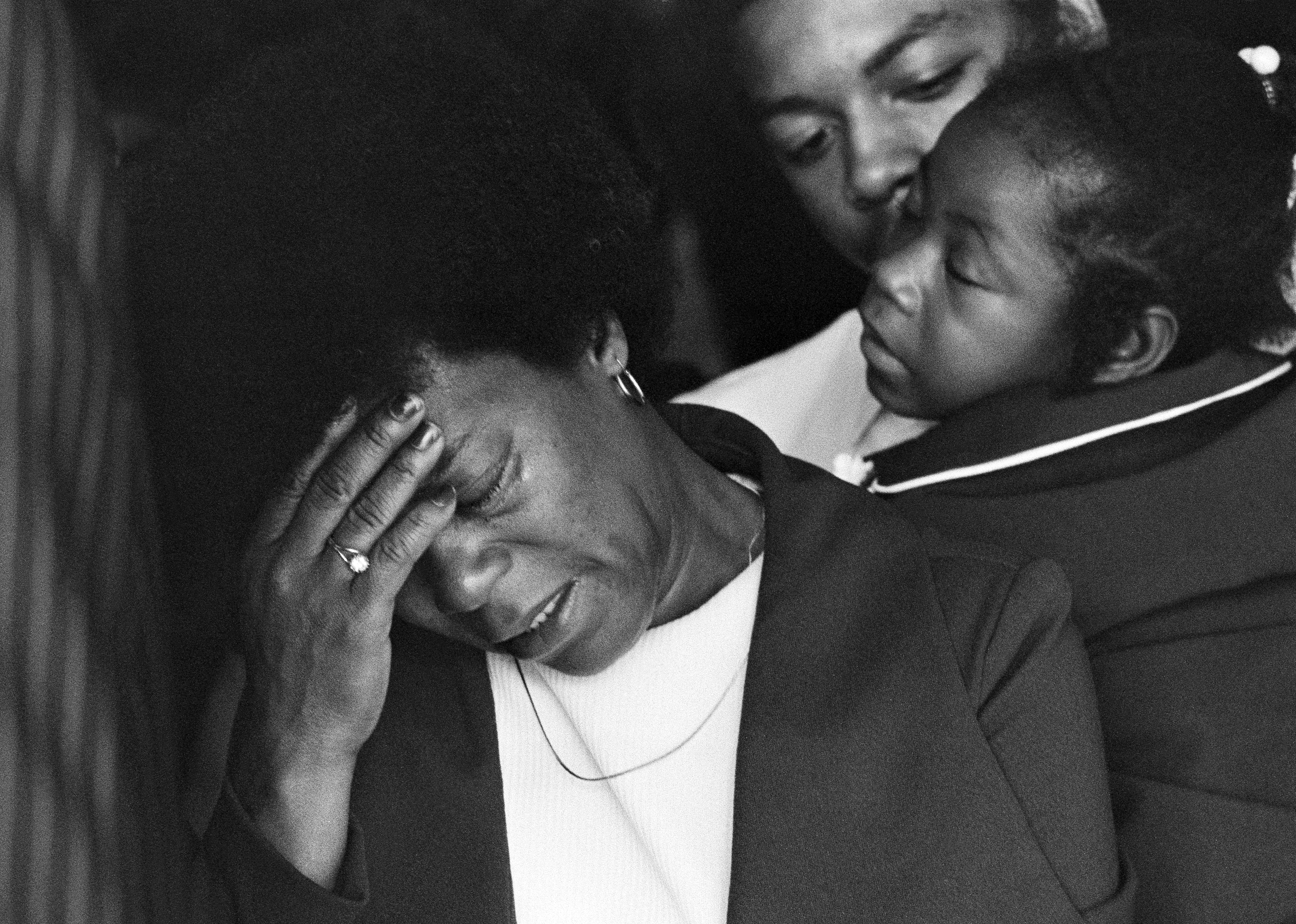
The Atlanta Child Murders started 40 years ago this month, and for people like Pearson who covered the case — who lived and breathed that dark period in the city’s history — the memories remain vivid.
“It was a time when we started embracing all kids,” said Pearson.
The anchor had her daughter Claire in 1980, two years before the Atlanta Child Murders case was closed. Wayne Williams was arrested, tried and found guilty on Feb. 27, 1982.
“It was a frightening time,” she said. “Nobody felt comfortable during that time period once they found out that there was a serial killer among us.”
That fear didn’t stay local.
National News
The headline of the March 31, 1981, Atlanta Constitution — before it became the Atlanta Journal-Constitution — read “Body of youth found in Chattahoochee.” Those six words shared the front page with multiple stories of President Ronald Reagan’s improving condition following being shot by John Hinckley Jr. a day before.
“The incidents began to become closer and closer 1981 into the spring,” Vern E. Smith, who was Newsweek’s Bureau Chief in Atlanta at the time, told WABE. “That’s when I think the sort of universal fear just kind of ratcheted up. Because then it became clear, in fact, that there apparently was somebody at that, that that was a serial killer at work.”
Telethons and special concerts, some of which had the likes of Frank Sinatra headline, took place around the city. Whatever could get the word out that kids were being murdered.
Then-Atlanta Mayor Maynard Jackson was once pictured, quite famously, with $100,000 in cash spread out on a desk. He took to local television to coax a tip from whoever might know something about whoever was committing these heinous crimes.
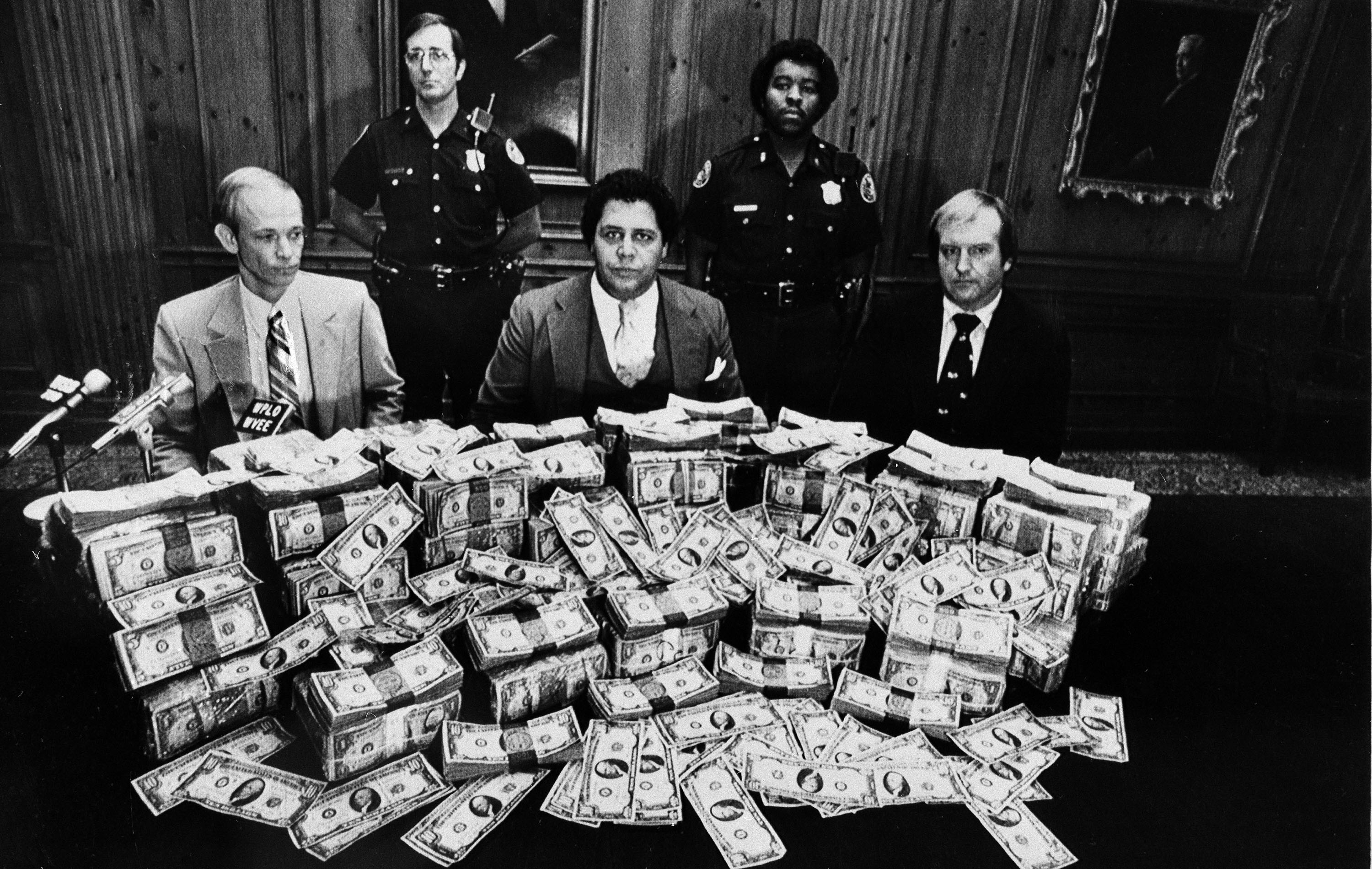
The crimes were focused on the city’s south and west sides, but as time went on, there was an understanding that it might not stay there.
“I had a lot of middle class, black friends who had sons and weren’t worried in the beginning, but as time went on you realized you didn’t know where this person was coming from,” Pearson said.
At least 23 minors were killed by the time all was said and done nearly two years later. Six other victims were over the age of 18.
Three stories shared the front page of the combined Atlanta Journal and the Atlanta Constitution morning street edition on Sunday, Feb. 28, 1982, the headline blaring in huge bold type: “Williams guilty.” The paper was a combined 320 pages and had inside of it 20 separate sections. None of those pages listed evidence that Williams committed the crimes. No matter, the “Atlanta Monster,” as he was first called on the cover of a New York tabloid, was finally caught.
But from the summer of 1979 until the day a jury took just 11 hours to find Williams guilty of the murders of two adults — Nathaniel Cater, 27, and Jimmy Ray Payne, 21 — and given to two life sentences, the way the case was covered by the press and handled by law enforcement was puzzling for some. It remains so some 40 years later.
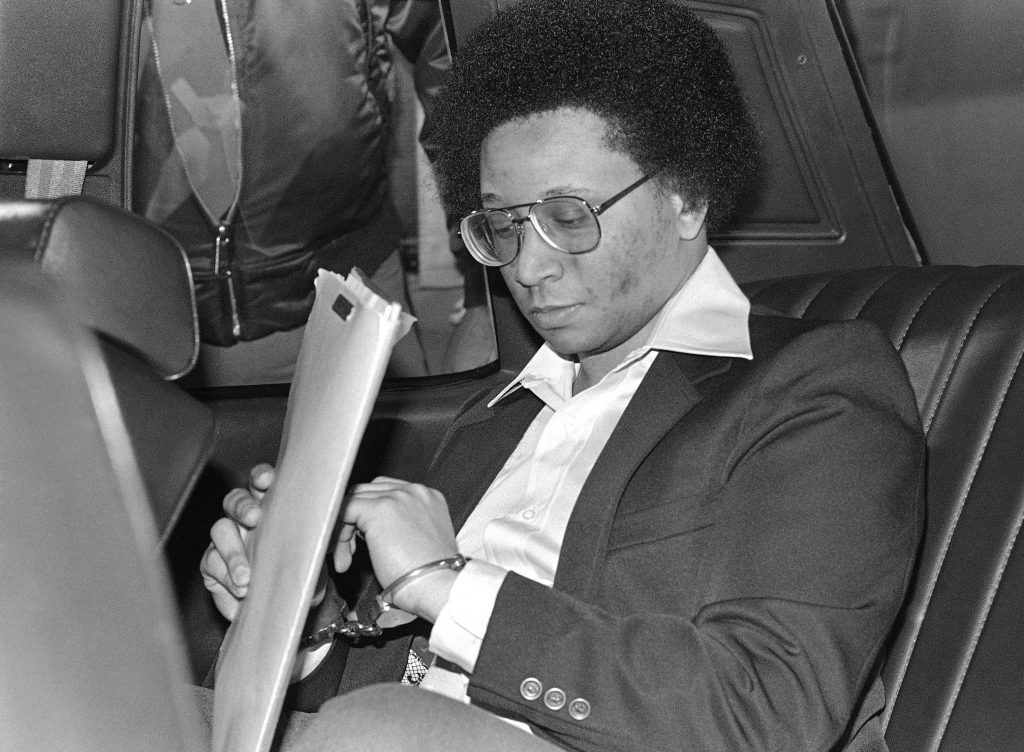
An Ending And More
“From 1991: Wayne Williams 10 years after the missing and murdered” by then-Atlanta Journal-Constitution staff writer Gary Pomerantz on June 16, 1991, told a story of Williams a decade into his double life sentence. There were doubts from the beginning, and some in the media shared them.
“The two people that Wayne [Williams] was convicted of killing were both adults,” Smith said. “And so that was part of the thing that didn’t add up. That was that notion that it was not going to be satisfying, the way it ended.”
No one was ever convicted in the child killings, but the case of was closed, leaving unanswered questions.
Donald Albright, co-founder of Tenderfoot TV, a local content and storytelling hub, and executive producer of the Atlanta Monster podcast, which looks into the Atlanta Child Monster case, believes the answers to those questions are out there somewhere.
“We wanted to go into this open-minded and bring energy to the middle, to that grey area,” said Albright by phone one afternoon. “…If Williams is guilty of all or some of the crimes, then what happened next is the story.”
James Balwin, who first reported on the murders for the December 1981 issue of Playboy magazine and again later for his book “The Evidence of Things Not Seen,” wrote of Williams arrest and conviction, “No one who was in Atlanta can say that this had the effect of causing Atlanta to sleep more easily.”
The decision to re-examine the evidence in the Atlanta Child Murders cases was announced at a press conference in March. Four decades after the crimes were committed, advances in technology used to test evidence could provide a sense of closure to the families of the victims.
“They could have been my children,” Mayor Keisha Lance Bottoms told WSBTV in March. “They could have been your children.”
Albright was at that press conference and talked to the mayor afterward.
“I think she has good intentions; some of those kids were probably her peers,” he said. “There are some genuine feelings behind this re-examination.”
As of July 1, there have not been any new developments.
